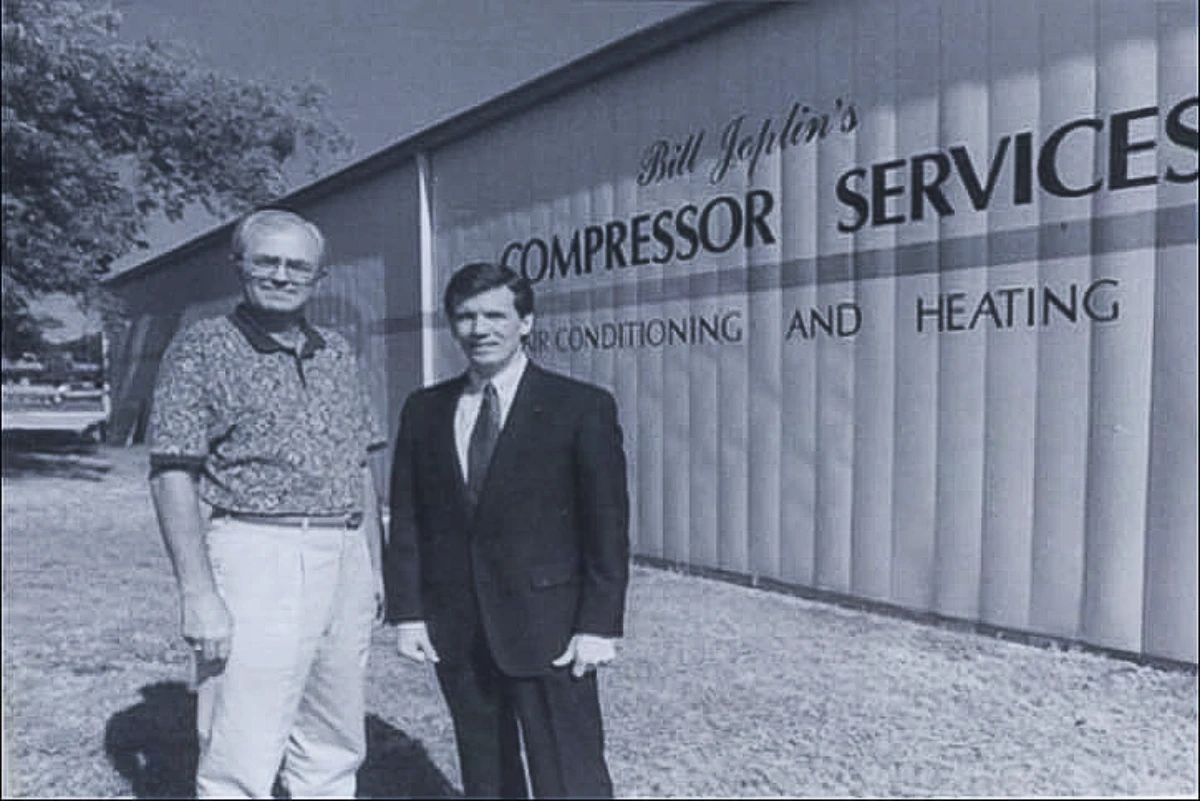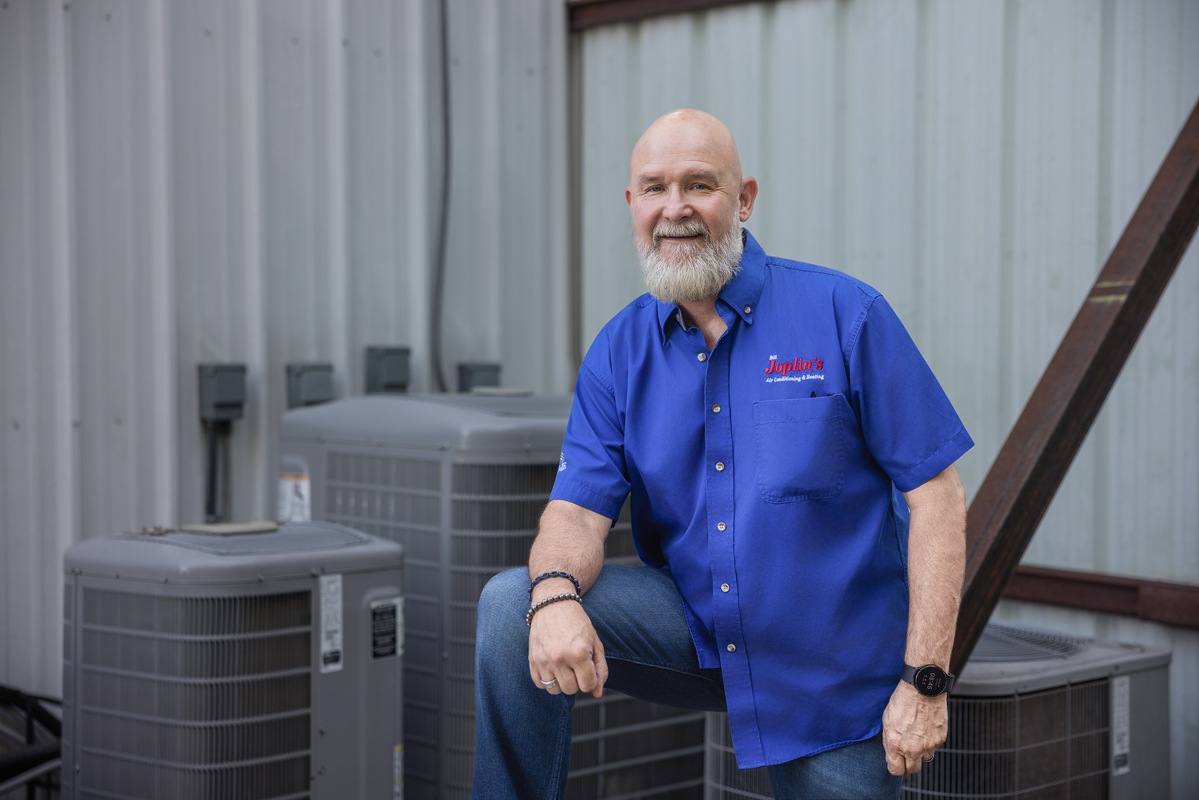
Conduct an Energy Audit and Get a Load Calculation
An energy audit is a good first step in deciding what’s needed for cooling your new home addition. An audit tells you where you’re using the most energy in the existing structure and where additional sealing, insulation or other steps are needed. A load calculation will tell you exactly how much cooling will be needed to keep your entire home, including the new addition, comfortable. With this information, you can choose the right equipment to provide the correct amount of cooling.
Extend Your Existing HVAC System
If your existing air conditioner or heat pump is powerful enough, you can add ductwork and extend the current HVAC system into the new addition. The load calculation will help you make this determination.
Upgrade Your HVAC Equipment
If your current HVAC equipment isn’t powerful enough to provide enough cooling for the new space, you may have to consider upgrading the system. A newer, more powerful and more efficient cooling system will give you the comfort you need for a relatively moderate increase in energy use and operating cost.
Install a Ductless Mini Split
A ductless mini split is an independent heating and cooling system that will operate separately from your current HVAC equipment. The system is based on a heat pump and includes an outdoor unit with the main components and up to four individual air handlers that distribute conditioned air. These air handling units can be installed almost anywhere throughout your new addition.
Learn more about cooling your new home addition, as well as Bill Joplin’s Air Conditioning & Heating’s cooling solutions, or call 888-414-4655.


